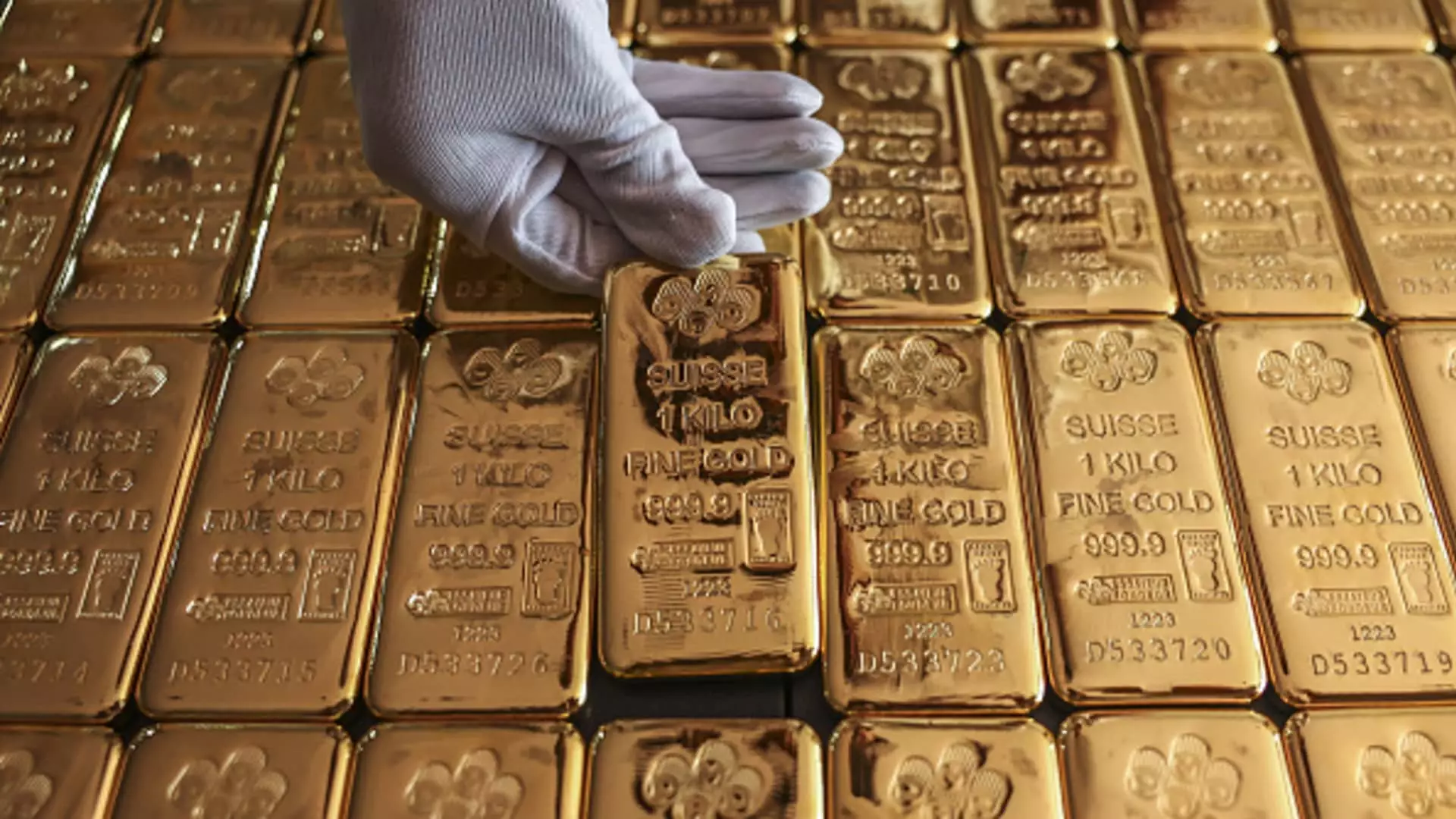Two decades after the inception of the first gold-tracking exchange-traded fund (ETF), George Milling-Stanley, the chief gold strategist at State Street, continues to express a strong belief in the precious metal’s enduring value. Speaking recently on CNBC’s “ETF Edge,” he highlighted a decidedly positive outlook for both the current and upcoming year, emphasizing strong demand from central banks and individual investors, particularly in burgeoning markets like India and China. This perspective not only reflects his steadfast confidence in gold as a viable investment but also underscores the shifting dynamics of the global economy that are driving this continued interest.
Despite a recent pullback in gold futures and the performance of the SPDR Gold Shares ETF (GLD) post-elections, Milling-Stanley suggests these fluctuations should not detract from gold’s impressive upward trajectory throughout the year. He notes that following the November elections, investors have increasingly favored “risk-on” assets, which have notably influenced the stock and cryptocurrency markets. However, Milling-Stanley also points out how gold is gradually regaining its footing in the investment landscape, a sign of resilience amid shifting economic conditions. This resilience is crucial not only for maintaining investor confidence but also for reiterating gold’s role as a safe haven during times of volatility.
The introduction of the GLD ETF marked a transformative shift in how investors engage with gold. By streamlining access to gold investments, the GLD ETF has played a pivotal role in moving investor interest away from traditional gold jewelry purchases towards bullion and ETF investments. Milling-Stanley describes this transition as a significant evolution in the investment arena, which now sees gold being treated as a core asset class rather than an ancillary investment.
Todd Sohn, a strategist at Strategas, emphasizes this sentiment by pointing out that the GLD ETF has democratized gold investment. It has broadened access and allowed investors to diversify their portfolios beyond conventional equities and fixed-income instruments. The ability to incorporate gold into a diversified investment strategy has made it more approachable for everyday investors, effectively integrating gold into modern portfolio management.
As the investment landscape continues to evolve, the future of gold remains influenced by a myriad of factors, including economic stability, geopolitical tensions, and fluctuating interest rates. Nevertheless, the resilience shown by gold and ETFs like GLD suggests strong potential for growth. The enduring bullish sentiment among strategists like Milling-Stanley indicates a belief that gold will continue to play a significant role in asset allocation strategies.
While the markets may experience volatility and shifts in investor behavior, the fundamental characteristics of gold as a hedge against uncertainty remain intact. Looking forward, investors may find that the gold market presents a compelling opportunity for diversification and long-term growth, further solidifying its place in the contemporary investment repertoire.

